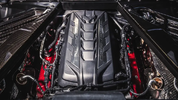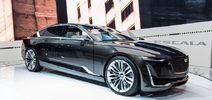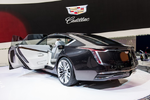- Joined
- 3 July 2009
- Posts
- 28,203
- Reactions
- 25,448
Just another nice name, the self opinionated, self obsessed, selfie taking, younger generation have given themselves. ?I hear & read that terminology 'woke' quite a lot lately. I'm not sure what it means, I'm not even sure that those that use it know.
past participle: awoken
- stop sleeping; wake from sleep.
"she awoke to find the streets covered in snow"
Similar:
wake (up), awaken, stir, come to, come round, bestir oneself, show signs of life
Maybe it means that people are waking up from having the wool pulled over their eyes by the boomer generation.
It's hard to find a name that covers high energy using, social media addicted, gadget endowed, inwardly focused individual, that doesn't sound hypocritical. So 'woke' it was.







